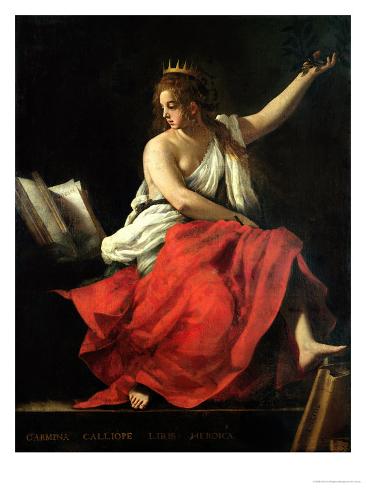I'm always struck by the sheer number of references to a nightmare at sea, to drowning, strewn about the poem outside of the direct references to the Middle Passage: the shipwrecks, the maritime metaphors, the congregations in the Christmas scenes drowning, and even the sea constantly threatening to swallow the paradigmatic Straw Street. If the shape of the pustule is ever-present so is this constant proximity to water and other liquids, and implied, the liquid inside the pustule. I think this marriage of forms in the poem as a whole—the morne and the ocean—is perhaps the strongest argument for calling Césaire's poetry "volcanic." This volcano then aligns with the last scene, since the ocean, the liquid is never too far from that ocean that swallowed so many. I agree with Michael Dash that, "L'imagination de Césaire est hantée par la catastrophe du négrier: le navire funèbre qui représente le destin tragique du peuple antillais. [Et] ce n'est pas l'arche de Noé mais un monstre antédiluvien qui a dévoré un peuple: Le Léviathan." The insurrection at sea, read in 1940s and onward, is then that new explosion, the éclat, that liquid coming out of the pustule, the past of rebellion returning, the ancesters returning from the pent-up liquid grave.
Dash, J. Michael. “Le Bateau ivre de Césaire et la quête de la connaissance.” Aimé Césaire, ou l’Athanor d’un alchimiste : Actes du premier Colloque international sur l’œuvre littéraire d’Aimé Césaire, Paris 21-23 novembre 1985, Editions caribéennes: Agence de coopération culturelle et technique, 1987, pp. 157–63. Library of Congress.
